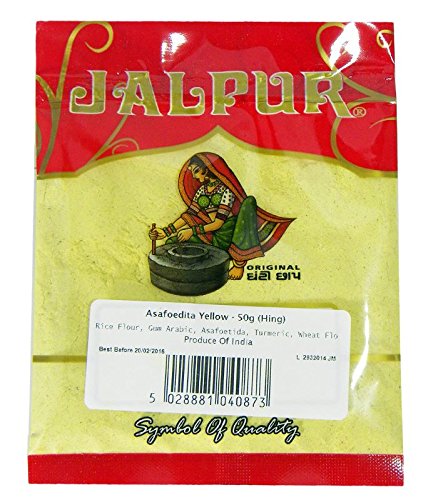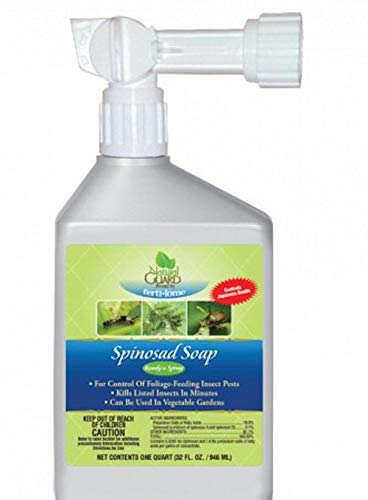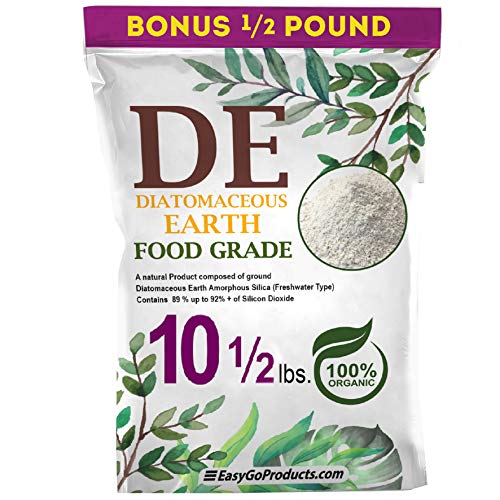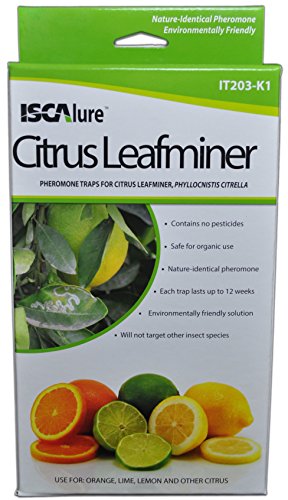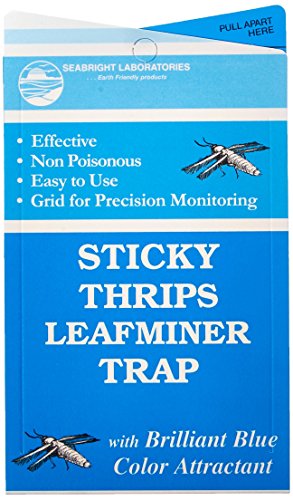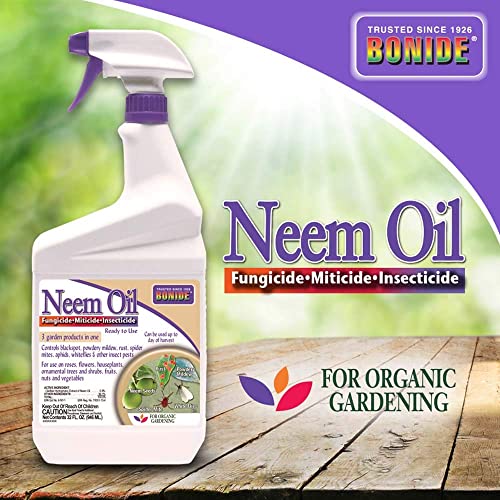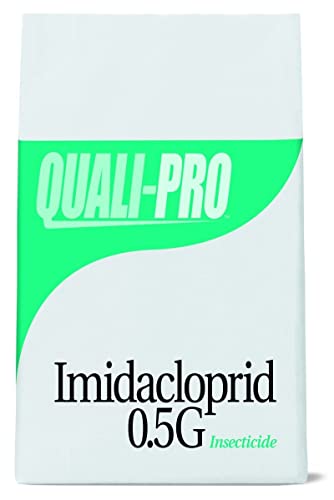Leaf mining is referred to the infestations of several mines generating larval stages of insects that leave a slimy trail on the surface of the leaves while digging a curling mine into the leaf tissues. This tunneling pattern would be similar if the larvae of beetles, moths, flies or wasp are present inside the leaf tissue and feeding on the soft sap to retard the growth of gardening plants. There are almost 300 species of these insects that are placed in the leaf miner’s category while 5-6 species are treated as serious garden pests including Citrus leaf miner, Vegetable leaf miner, Tomato leaf miner and Chickpea leaf miner that are quite host-specific while they also affect the plants similar to their host plants. 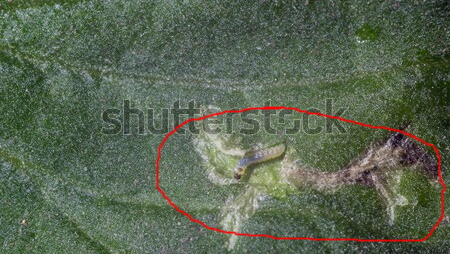
Their infestations are more prevalent on the newly developed leaves having soft tissue that decreases when the leaf tissues become hardened. The larva of the infesting insect is difficult to notice as it survives inside the leaf tissue. Citrus leaf miner damages are also widespread during the first two years of growth and become less visible on aging. Upon heavy infestation, they retard the growth of plants, curl leaf margins and cause defoliation that may result in the death of plants. Later in the article, you will further read more description about how to identify leaf miners so before that let’s check some leaf miner treatment quickly.

How to kill leaf miners?
How to fight leaf miners involve several strategies that involve preventing, stopping and killing leaf miners during different stages of their development. Besides several biological and chemical control, you have also options to control them physical methods. After monitoring their infestation patterns & behavior, we know well about the larval damages and the process when they pupate to become adult and lay eggs either on the overturned leaf or on the soil if those leaves or pupa fall on the ground in the garden. Their hatching may take place in the soil and they will return to the plant foliage for their feed. It’s the best time to control them physically in the soil. Application of EasyGo Diatomaceous Earth on the surface of soil beneath the plant canopy along with its application on the surface of the leaves will do this trick for you.
#1 Natural Guard Spinosad Soap (Chemical – Editors’ Choice)
This soap contains Spinosad 0.1% along with Potassium salts of fatty acid up to 18.8 % in weight to volume composition that triggers its killing effect after making a combination of two strong active agents. It is highly effective in controlling heavily infested garden plants that are attacked by leaf miners, aphids and other chewing and sucking insects including caterpillars on your garden plants.
it kills pests on direct body contact within a few minutes whereas its label instruction recommends it for using on vegetables and fruits in residential gardens. Add 7 ounces in 1 gallon of water and spray your edible plants using a mist sprayer in the evening.
#2 BioLogic Scanmask Steinernema Feltiae-Beneficial Nematodes (Natural – Editors’ Choice)
BioLogic Scanmask contains superior nematodes from the parasitic species Steinernema feltiae. They are native to the US and raised inside the US as well that come in preposition of 42.5 % nematodes containing around 17% moisture in an enclosed icebox to maintain their quality and supremacy in the gardening biological control measures. Upon release into the garden, Steinernama nematodes search their host and penetrate into their bodies to release a bacteria which kills leaf miners, aphids, whiteflies and gnats along with 200 other pests and is a good development for small organic gardeners across the US.
5 million garden pack is sufficient to release in 20 square meters area while the Nem-Jet sprayer is best to use in the spraying process to maintain the efficacy and longevity of the control. Water your edible garden plants before and after spraying beneficial nematodes for the best control.
#3 Diglyphus Isaea – Parasitic Wasps (Natural Control)
This parasitic wasp ceases leaf miner damage due to its egg-laying capability inside the tunnel of the larva. Their larvae feed on larvae of leaf miners located inside leaf issues. Leaf miners larva gets paralyzed and fell easy for the larva of Diglyphus isaea whereas their Adults live on the adult leaf miners to prey. These parasitic wasps are highly effective against Tomato and Chrysanthemum leaf miners in any organic garden.
Ideally, they can be released in February for Greenhouse crops while for the outdoor garden plants April is recommended. They will successfully develop upon the presence of the reasonable number of leaf miner larvae on your edible garden plants. They are released gradually on plants i.e. 1 parasitic wasp for 1 square meter garden area for 3-4 consecutive weeks.
#4 EasyGo Products Diatomaceous Earth (Natural Control)
This food-grade DE contains several diatoms whereas the larva and pupa get entered into the tiny pores in DE and will never revert back to harm your lovely edible greens.
try for sure, it works superbly.
#5 Talstar One Termiticide Insecticide (Chemical Control)
Talstar 1 contains 7.9% Bifenthrin as its active ingredient that can be used to kill leaf miners away from their host plants when they are present on hedges, ornamental trees and shrubs in or around your garden space and are preparing to invade your garden in the late spring or summer. This product has certain restrictions to use it on edible plants like vegetables, fruits, and microgreens including herbs and Salad crops that are short maturing whereas it can be used on pears, oranges, apples, and hickory trees if your state agriculture department permits its application on these fruit trees.
Talstar 1 can be added from 0.2 ounces to 2 ounces in 1 gallon of water that depends on the infestations and type of pests needed to control. It is the best foliar spray that can be applied when the leaf miners are busy in making tunnels to the leaf tissues of your lovely gardening plants.
#6 Citrus Leafminer Traps (Organic Control)
These are pheromone traps that do not attract moths of other species other than Citrus leaf miners and is among Leaf miners organic control that doesn’t need any type of spraying on the plants.
This pheromone lure is framed with increased efficacy and longer field life that stays effective for 2-3 months in the citrus field. Similar lures are being used by the entomologists in both USDA and CDFA to monitor and trap moths of Phyllocnistis citrella.
The application is very simple. Just hang containers equal to the height of plant foliage.
#7 Sticky Thrip Leafminer Traps
This leaf miners organic control is in the frequent use of home gardeners who are afraid of using insecticides for leaf miners control. It can be hanged on the plants to attract every type of flying insects including leaf miners, aphids and whiteflies. It’s sticky, yellow and blue to attract and capture a variety of insects that feed on your edible greens, vegetables, and fruits.
Weatherproof makes it long-lasting even during the rain or showers in your organic garden. Keep this good looking leaf miners trap on the permanent basis to stop infestations of any sort of invading pests in your garden.
#8 Bonide-Neem Oil, Insect Pesticide for Organic Gardening
Bonide Neem Oil is ready to use leaf miner spray that contains 0.9 % neem in the diluted form. It is also an excellent fungicide and miticide along with its strong insecticidal properties to work against flying adults, their larva and eggs as well.
just pick up the spray bottle and point towards plants highly effected by leaf miners and other damaging insects on vegetables, fruits, and herbs plants in your organic garden. Moreover, it can be sprayed until the time of your harvest due to organic ingredients without fearing any residual effects.
#9 Bonide Pyrethrin Garden Insect Spray (Chemical control)
It contains 1% pyrethrin only while it is highly effective against the variety of leaf miners species including Citrus leaf miners, Cabbage leaf miners and Tomato leaf miners in the organic garden.
this product is generally recommended for indoor gardening especially greenhouse farming while it can be used on outdoor edible plants including the entire range of vegetables and fruits.
Add 1.5 ounce in 1 gallon of water and spray on the upper & middle foliage of plants infested with leaf miners. Prefer mist sprayer so that the droplets don’t run off the leaves of the plant because it contains a surfactant that adheres to the surface of the leaves for long-lasting control.
#10 Imidacloprid 0.5G systemic insecticide (Chemical control)
Imidacloprid 0.5% application performs much better if you are preparing the soil to grow your plants while it also works fine during or immediately after the leaf miners or other insects lay their eggs in your garden.
this systemic insecticide Granule is incorporated into the planting soil so that it is absorbed by the roots and translocated to the plant foliage to make them poisoned for sucking and biting insects and keeps them well in control for next 6 weeks. An application in the late spring and summers will stop larva to mine into the leaves of your favorite plants. It’s broad-spectrum insecticides that have certain limitations about its use on edible plants. Spread Granules on the soil surface according to overleaf manual instructions while 1.5-1.8 ounces are needed to spread in 100 square meter area.
#11 Asafoetida Yellow 100g (Hing) or Asafoetida Latex
Asafoetida is a common spice primarily use in Asian cooking especially Pakistan and India and is native to mountainous ranges of Afghanistan. Latex is extracted from the root of the plants and used for culinary purposes that add a significant aroma to cooked food.
Add 100 grams of latex or the dry powder in 1 pint of water and keep it boiling (5 minutes). Let it cool down to room temperature and add more water to make a 1-gallon solution. Keep this solution spraying on your garden plants using a hand-held pressure sprayer. Keep it repeating till your grown vegetables, fruits, herbs and microgreens get fully matured. It is organic and a natural remedy that will help you keep conventional insecticides away from your edible garden, forever. It deters leaf miners and kills eggs and larvae of a variety of garden pests.
Best Natural Control for Garden
What are leaf miners?
Leafminers are tiny are light-stained moth usually less than 1 centimeter long with lustrous grey forewings and black spotted wingtips. Wings may have white and brown spots while rare wings are white along with the body. The hind wings and body are white with long peripheral scales outspreading from the rare wings. The larvae exist inside leaf tissues that can’t be seen unless cultured but its salivary, twisting trails are visible on the surface of the leaves that help us identify its presence into the leaf tissue as twisting, swelling tunnels on the surface of leaf are characterized by leaf miner damage on plants. In the later developmental stages, the larva appears from the tunnel and travels to the leaf margins that turn the leaf around its body and heads toward pupation. The curly leaves drop from the plant either pupa inside the leaf or an adult. Egg-laying continues and generations keep on developing this way.
How to prevent leaf miners?
- Work on the health and bloom of your edible garden to invite natural parasites, pollinators, and predators that live on the larva and adults leaf miners such as Pnigalio and Cirrospilus species along with planting Thyme, Marigold, Garlic and Chrysanthemums.
- Never apply nitrogen fertilizers at the time of fruit set in vegetables and other edible plants since it gives rise to new shoots and that is the biggest attraction for leaf miners.
- Try to either minimize all broadleaf vegetables and shrubs or closely monitor for the early infestations to take action against them.
- Remove plant debris and infected leaves from your garden space.
- Water your plants at regular intervals, never overwater and try to improve drainage.
- Observe proper plant spacing and distances to stop their infestations.
- If possible, apply protective plant covers to stop adults flying to your plants along with hanging leaf miners moth traps in your edible garden.
How to stop leaf miners?
How to stop leaf miners is fairly simple with this homemade leaf miner spray that works year-round and keeps infestation in control on all edible greens including vegetables, fruits, and herbs.
